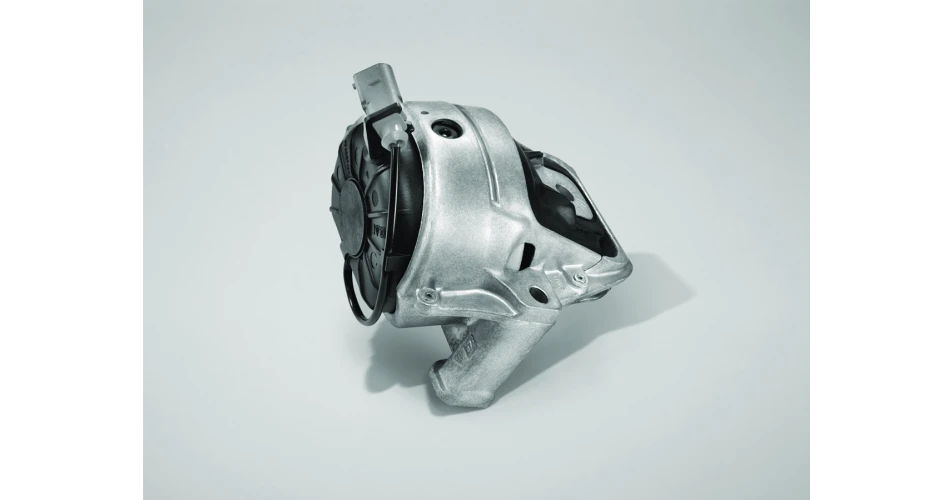The ZF Aftermarket Lemförder brand has introduced a range of switchable engine mounts for selected Audi and Mercedes Benz models. Using an integrated air spring this innovation in design can actuate two different characteristic curves depending on vehicle and rotational speed, something not possible with conventional engine mount components.
Martyn Houghton, ZF Aftermarket’s UK General Sales Manager, Automotive says, “Mainly used in luxury models the switchable curve of these intelligent components ensures the lowest possible vibration and noise, both when the vehicle is idling and in operation. This offers a solution which meets the highest level of driver comfort at all times.”
The Lemförder programme is currently available for Audi and Mercedes-Benz vehicle models and includes: Audi A4, A5, A6, Q5, Q7 and Mercedes C and E Class, GLK, GLC.
The engine mount is the connecting element between the engine or the transmission and the vehicle body. A simple screw connection can’t be used in this case as it would transmit vibrations, noises and movement from the drivetrain to the vehicle. This would impede on driver comfort and is the reason why vehicle manufacturers use rubber-metal parts or hydraulically dampened engine mounts. Yet even this approach does not offer ideal vibration damping under all conditions due to the conflicting objectives of its design.
To counteract this, switchable engine mounts using an integrated air spring were developed so that one component could meet high level comfort demands both when the car is in motion and idling.
If the engine is in idling mode, an air spring in the engine mount is activated via a switch. This air spring absorbs the low-frequency engine movements while the vehicle is at a standstill. During driving operation, the mount switches over to a hydraulic mechanism depending on vehicle speed and rotational speed. Doing so makes the mount considerably harder, simultaneously creating greater freedom of movement for the connected components.
Engine mounts are prone to wear and because they are usually hidden by cladding, this isn’t easy to diagnose. Signs of a defect include; fluid leaks or signs of rubber deterioration, stronger vibration transmission to the vehicle body, noticeable engine movements when switching off the engine and clicking noises during load changes.
ZF Aftermarket recommends that all engine mounts always be replaced during repairs, not just the defective part. Otherwise, there is a risk that the new component will have to absorb higher forces and vibrations because the remaining mounts are already heavily worn which may accelerate subsequent damage.
